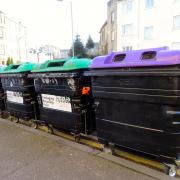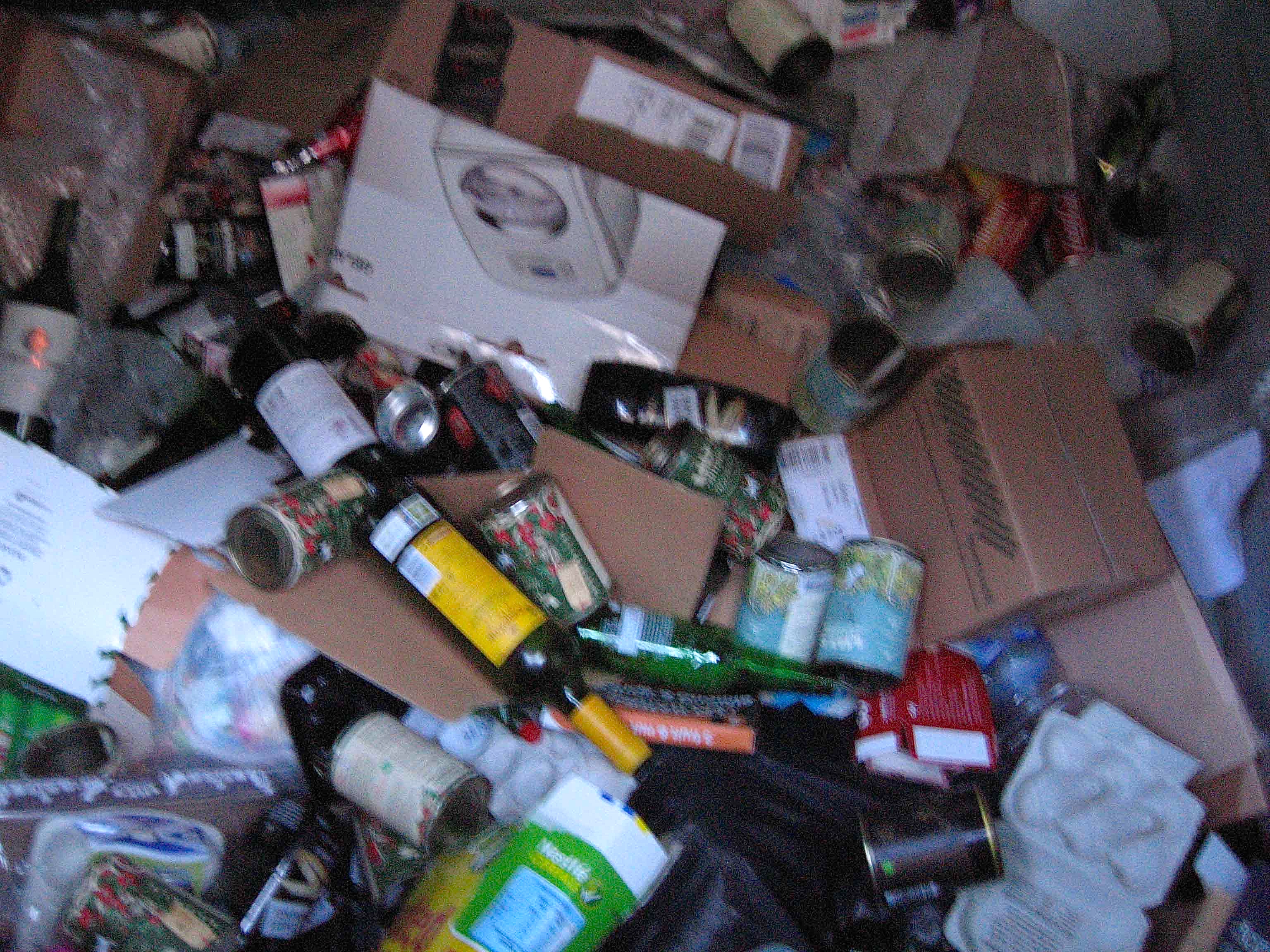
Concerning the recent article (Breaking news, 21.2.15) and reader’s letter ('Bins, Blazing, Boxes', 23.2.15) about recycling in Bellevue, writes Environment Convener Leslie Hinds, I am delighted that residents in the Hillside and Bellevue area have the opportunity to recycle more of their waste as part of the City of Edinburgh Council’s tenement recycling project.
However, I was dismayed to read assertions that recycling in Edinburgh is contaminated, ‘shipped off to China’ and turned into landfill. This is not the case.
Contamination of bins with the wrong materials can cause problems which is why we are encouraging residents to make sure the right materials go in the right bins. Wherever possible, material is recycled within the UK and goes via a number of different routes. Paper is recycled into newsprint in the UK and can be back on shop shelves within a few days.

The tenement pilot in Hillside and Bellevue has been running for three weeks and already I have been impressed by the willingness of people to play their part. We’re already seeing improvements in recycling in those areas and hope the pilot will be success so that we can roll it out across the city.
We understand that it is still early days and that it may take people a while to adjust to the changes. I hope the following information helps debunk some of the myths and misconceptions that exist around the new tenement recycling project. It is misconceptions like these that discourage residents from recycling more.
- Paper is sent to a paper mill where it is processed back in to newsprint.
- Tins and cans are recycled back into new tins and cans.
- Glass is reprocessed and made into new glass jars and bottles.
- Cardboard is made in to packaging.
- Textiles are recycled and donated to various charities including the national Blind Children's Association, The World Cancer Research Fund and Christie Manchester Hospital.
- Household batteries are recycled.
- Plastic bottles, tubs and trays are turned into new plastic products such as garden furniture.
- Electrical items are shredded and metals and plastics are removed for recycling.
Where does it go?
- Paper is taken to a transfer station. It is then sent to a paper mill in Kings Lynn, Norfolk and made into newsprint.
- Plastic bottles are taken to a recycling sorting facility owned by Biffa. The waste is separated before it is sent onwards for recycling to make new products.
How is the Council helping residents to avoid contamination of bins?
- Bins in pilot areas have been labelled with stickers saying what goes in each bin.
- Bin lid colours have been changed so they can be easily identified.
- Residents have received an information pack, which includes a guide to using the communal recycling bins.
- Lamppost signs advising people what they can recycle have been put up in the streets.
- Posters have been put up in tenement stairs.
- Pavement stencils will be used to point out recycling banks.
- Information about recycling is available on our website www.edinburgh.gov.uk/recycle or by calling 0131 529 3030
- Our environmental wardens can fine businesses if they are found to be using domestic waste and recycling bins for their business use.
- Keeping Edinburgh a clean and attractive place to live and visit has been reflected in this year’s Council budget, which protects essential services like rubbish collection and street cleansing.
- The Council monitors on-street recycling bins and knows which areas of the city often put the wrong items in bins.
- We will be monitoring the pilot in Bellevue and if it is happening often, we will be able to adapt and improve our communications to residents.
- We want to ensure residents understand what goes in each bin.
- We can also use this information to develop awareness raising campaigns to encourage people to use the correct recycling bins.
Environment Convener @LAHinds jumps into recycling bin controversy. Stand by for a debunking: http://bit.ly/99jeuR
@theSpurtle @LAHinds You mention where the paper is recycled, but what about plastic, cans and batteries? Shipped abroad after Bifa sorts?
 New Town Flâneur @NewTownFlaneur
New Town Flâneur @NewTownFlaneur
@theSpurtle A precis of this article: apart from paper, the Councillor has no idea where materials collected to be recycled end up.
@fountainbridge @theSpurtle happy to get information
@theSpurtle @LAHinds I think they're great !
@theSpurtle what goes in the purple lid? @LAHinds
@CityCycling @LAHinds Glass.
@theSpurtle here glass is prob. Both streets perpendicular to mine have blue bin collections, but we don;t. Nearest fac >1mile away @LAHinds
@theSpurtle its ridiculous too, cos the blue box emptying van *has* to pass along my street as its the only exit from Bonnington Gr @LAHinds
another issue about glass recycling is that glass should be re-used rather than recycled. Much better use of recourse. @theSpurtle
.@theSpurtle in #Shetland they use glass to make concrete. (A local concern - too expensive to ship glass off to be recycled)
@CityCycling @theSpurtle I'm sure Edinburgh CC used to have on the side of their glass bins that the glass was ground down and used as sand
Email from David Jackson Young: No response, though, to my observations about the seemingly slack organisation of things out at the Old Dalkeith Road recycling centre. And it's extraordinary that the maintenance of refuse collection and street cleaning services is almost presented as a bonus!




